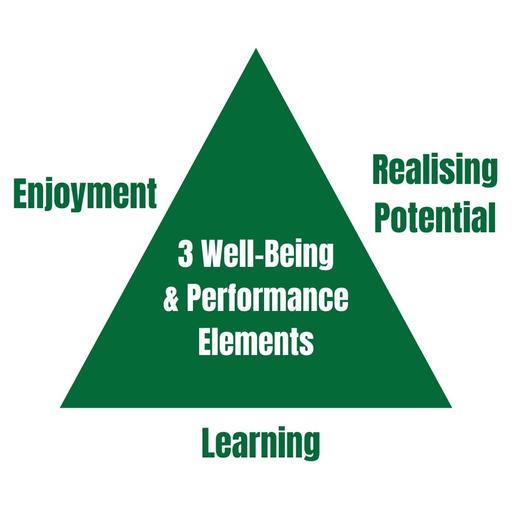- MENU
-
About Us
-
County Cricket
-
- Fixtures & Results
- Key Events & Fixtures Calendar
- Statistics
- Men's First XI Player Profiles
- Women's First XI Player Profiles
- Pathway Teams
- Player Pathway Structure & Info
- Pathway Nomination Process
- Pathway Player Progression
- Pathway Selection Framework
- Player Well-Being
- Men's First XI & Second XI News
- Seniors News
-
-
Partners
-
Courses
-
Clubs
-
- Affiliation
- All Stars & Dynamos Cricket
- Club Development
- Club Funding
- Clubmark
- County Pitch Advisor
- Crowdfunder for Cricket Clubs
- Disability Champion
- ECB Clubs Portal
- ECB General Conduct Regulations
- First Aid
- Junior Competitions
- Safeguarding Resources
- The Cricket Collective
- Venues Required
- Women's & Girls' Clubs
- Young Volunteers
-
-
A Game For All
-
Safeguarding
MENU
- Who We Are
- Contacts
- Key Events & Fixtures Calendar
- Impact Report
- Codes of Conduct
- Grounds
- Other Venues
- Newsletters
- News
- Become a Patron
- Handbooks
- Complaints
- Accounts
- Fixtures & Results
- Key Events & Fixtures Calendar
- Statistics
- Men's First XI Player Profiles
- Women's First XI Player Profiles
- Pathway Teams
- Player Pathway Structure & Info
- Pathway Nomination Process
- Pathway Player Progression
- Pathway Selection Framework
- Player Well-Being
- Men's First XI & Second XI News
- Seniors News
- Partners
- Sponsors & Patrons
- Become a Patron
- 100 Club
- Bucks ACO
- Anti-discrimination Training
- Coaching Courses
- First Aid Courses
- Grounds Management Courses
- Health & Safety Courses
- Safeguarding Courses
- Scoring Courses
- Umpiring Courses
- Young Volunteers
- Affiliation
- All Stars & Dynamos Cricket
- Club Development
- Club Funding
- Clubmark
- County Pitch Advisor
- Crowdfunder for Cricket Clubs
- Disability Champion
- ECB Clubs Portal
- ECB General Conduct Regulations
- First Aid
- Junior Competitions
- Safeguarding Resources
- The Cricket Collective
- Venues Required
- Women's & Girls' Clubs
- Young Volunteers
- Anti Discrimination
- Key Events & Fixtures Calendar
- Bucks Player Pathway Data
- EDI Action Plan
- Chance To Shine: Street Cricket
- Disability Cricket
- Kit Recycling
- MCC Foundation Hubs
- Schools
- Women's & Girls' Clubs
- Info/Resources
- Courses
- MENU
-
About Us
-
County Cricket
-
- Fixtures & Results
- Key Events & Fixtures Calendar
- Statistics
- Men's First XI Player Profiles
- Women's First XI Player Profiles
- Pathway Teams
- Player Pathway Structure & Info
- Pathway Nomination Process
- Pathway Player Progression
- Pathway Selection Framework
- Player Well-Being
- Men's First XI & Second XI News
- Seniors News
-
-
Partners
-
Courses
-
Clubs
-
- Affiliation
- All Stars & Dynamos Cricket
- Club Development
- Club Funding
- Clubmark
- County Pitch Advisor
- Crowdfunder for Cricket Clubs
- Disability Champion
- ECB Clubs Portal
- ECB General Conduct Regulations
- First Aid
- Junior Competitions
- Safeguarding Resources
- The Cricket Collective
- Venues Required
- Women's & Girls' Clubs
- Young Volunteers
-
-
A Game For All
-
Safeguarding


